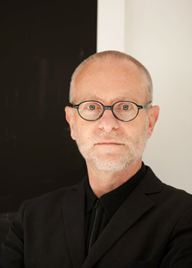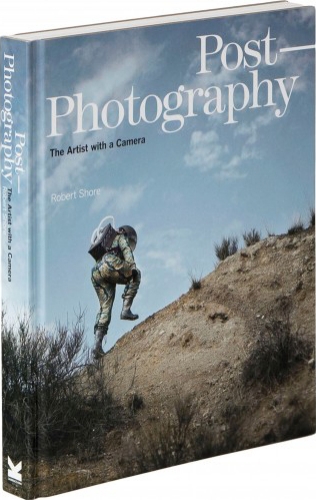Dressing The Air is the brainchild of the London-based artist Paul Schütze.
In a career spanning 30 years, Schütze has exhibited his photographic and installation works in galleries and museums around the world, released over thirty albums of original recordings, scored a number of films and performed numerous concerts. He has collaborated with artists such as James Turrell, Josiah McElheny and Isaac Julien and musicians as diverse as Bill Laswell, Raoul Björkenheim, Toshinori Kondo, Lol Coxhill and Jah Wobble.
Dressing The Air is a unique open resource that aims to enrich creative thinking by encouraging a multi-sensory approach. A constantly evolving archive and creative news feed, Dressing The Air monitors and reports on a diverse range of art-forms from cinema to sculpture, painting to furniture design, land-art to perfumery.


